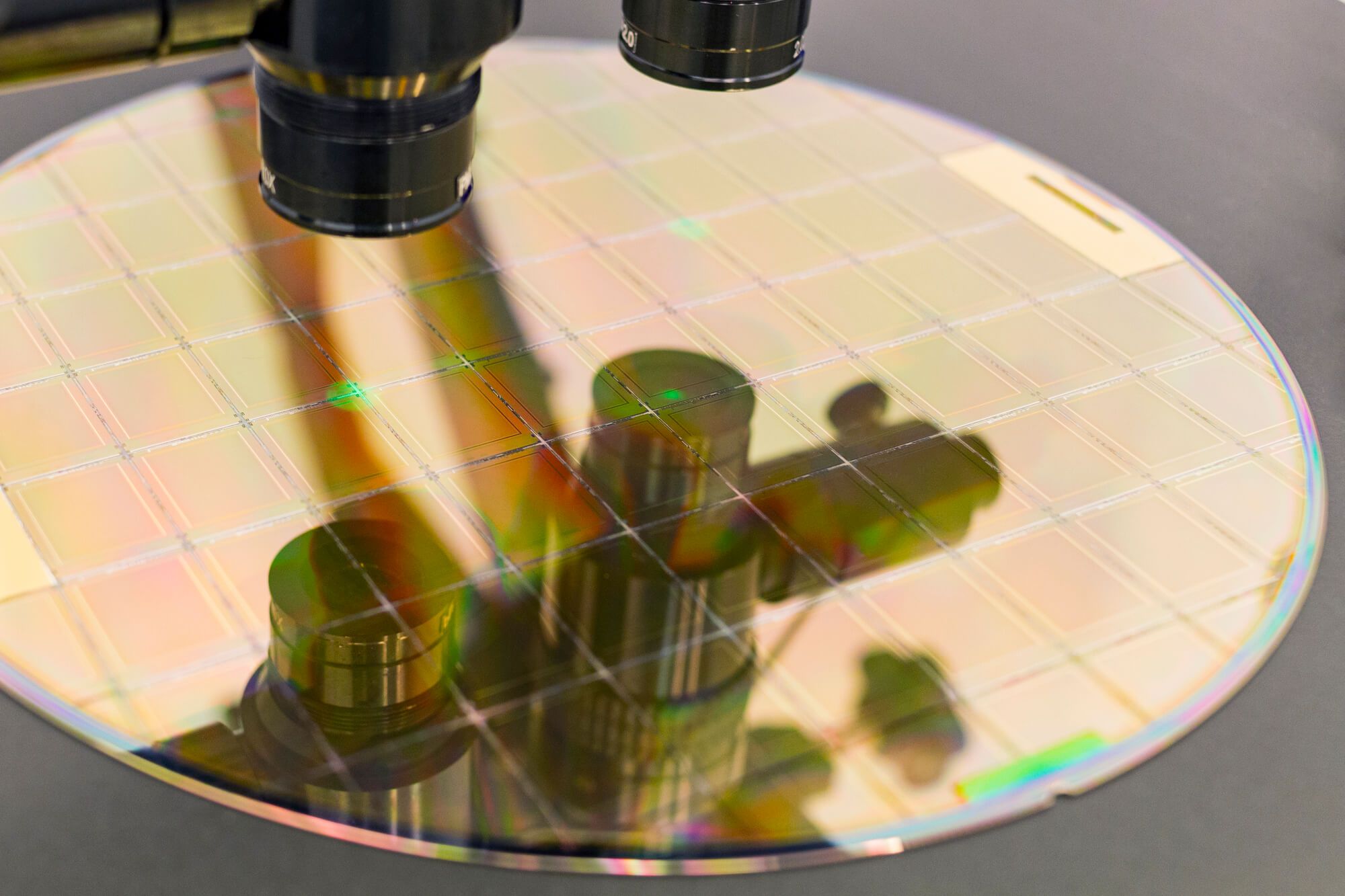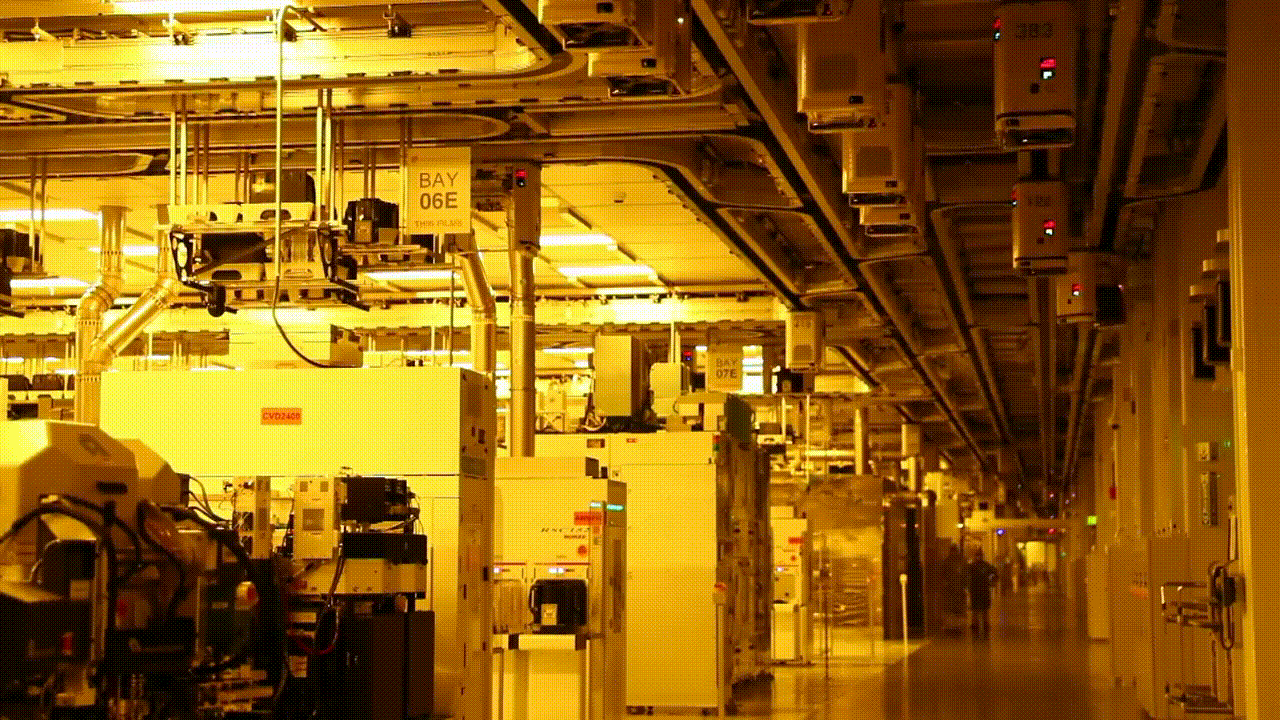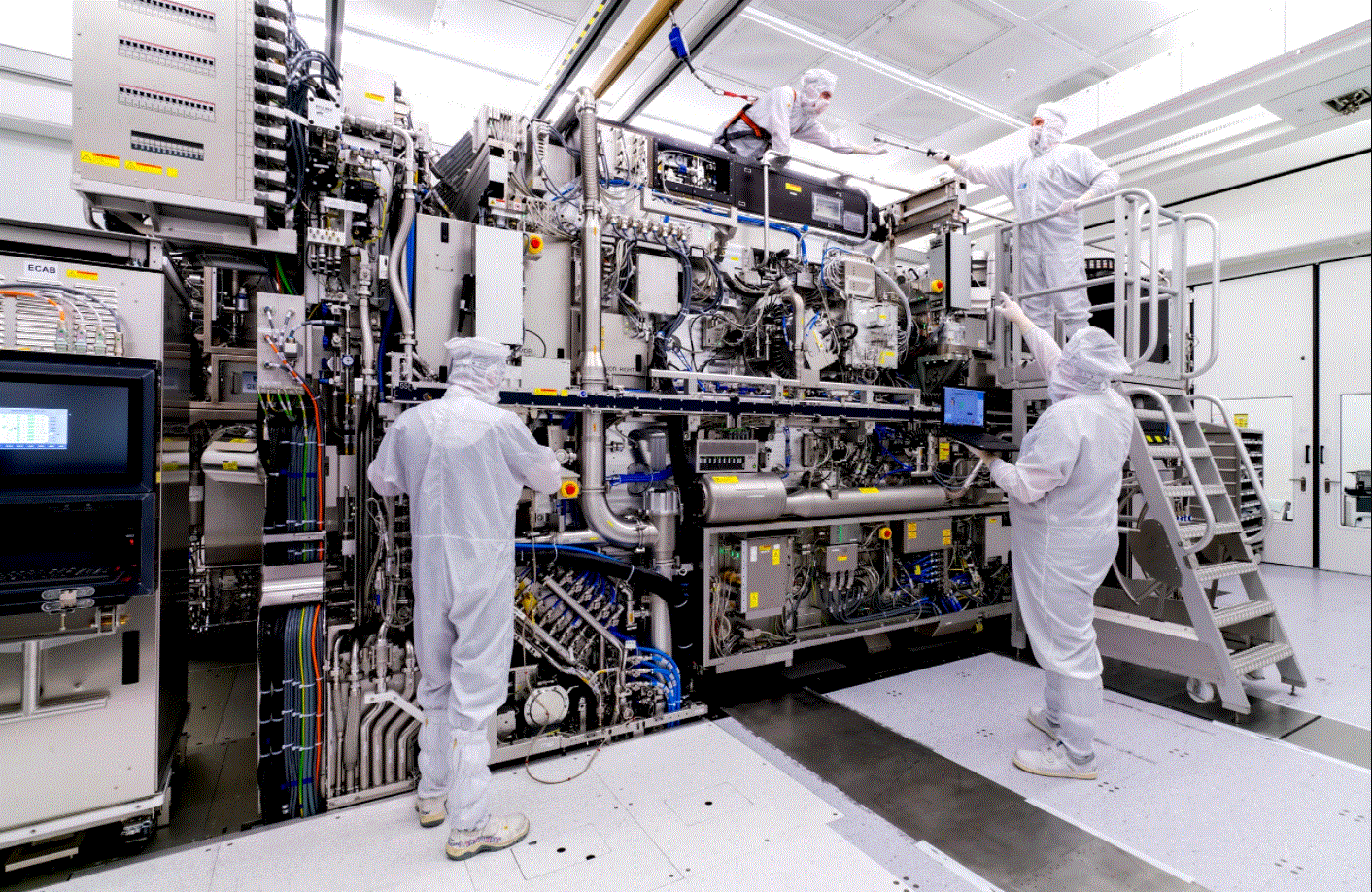Would you like chips with that?
The smartphone or laptop you're reading this from. The eScooter or car that took you to work this morning. The TV you're watching Netflix on. The pacemaker that's keeping you alive. The PlayStation 5 that I want. The plane that you're taking on your European holiday. And of course, the vast data centres that store all your Internets. All of these things and much much more are all made possible by semiconductors or microchips. I'm just going to call them chips from this point forward.
Chips are kind of topical at the moment, things aren't going great to be fair. There was the fire at ASML's plant in Berlin in January. Japan's Renesas plant was damaged by fire in 2021. Texas suffered a multi-day, widespread power outage in 2021 also, causing approximately $300m in damage to Samsung's operations. Oh yeah, almost forgot, Covid 19 has wrecked global supply chains. And do we want to talk about the Russian invasion of Ukraine? Russia and Ukraine are major suppliers of gases and materials to chip manufacturers. Russia is a major exporter of palladium, while Ukraine is a major source of neon gas; both are used in chipmaking. I am beginning to think I am never going to get my PlayStation 5.
Anyway lets talk about Chips... lets start with Silicon.
Manufacturing transistors out of silicon has allowed them to be manufactured small enough to fit on a chip, and they're are getting smaller and smarter by the year. Early transistors could be seen with the naked eye. Now a tiny chip holds many billions of them. And this exponential improvement in manufacturing is driving the digital revolution.
The element at the heart of this revolution is silicon. Silicon is found in minerals that make up 90% of the Earth’s crust. The purest silicon is found in quartz rock and some of the purest quartz comes from a quarry near Spruce Pine in North Carolina. The rocks around Spruce Pine are unique. High in silica, a silicon-containing compound, and low in contaminates. The region has been mined for centuries for gemstones and mica, a silicate used in paint. In the past the unearthed quartz was discarded, then came the rise of the semiconductor industry in the 1980s and now it sells for about $10,000 USD a tonne. Around 30 thousand tonnes of silicon is mined annually, and it is estimated this supply will last decades. This just one example, it is mined in other countries also.
Rocks extracted from the ground with machines and explosives (boom!) and are put into a crusher, which comes out as quartz gravel. This then goes to a processing plant, where the quartz is ground down to a fine sand. Water and chemicals are added to separate the silicon from other minerals. The silicon then goes through a final milling process before being bagged up and sent as a powder to a refinery.

Deposition
To turn silicon powder into chips, the material is melted in a furnace at 1400C and formed into cylindrical ingots which are then sliced (like salami) into disks called wafers. These are polished to extreme smoothness and mirror-like. Thin films of conducting, isolating or semiconducting materials – depending on the type of the structure being made – are deposited on the wafer to enable the first layer to be printed on it. This important step is commonly known as deposition.

As microchip structures 'shrink', the process of patterning the wafer becomes more complex. Advances in deposition, as well as etch and lithography – more on this shortly – are enablers of the 'shrink' and the pursuit of Moore's Law. These advances include the use of new materials and innovations that enable increased precision when depositing these materials.
Fabs
The factories where chips are made are also known as Fabs. Fabs can be the size of several football fields, they are ultra clean and sterile, air purified and bathed in the glow of yellow lighting to prevent ultraviolet radiation from damaging some of the chemicals used in the production process. The machinery within runs constantly with little downtime, except for maintenance and could be worth upwards of ten billion dollars. The most important machines, and also the most expensive, are the lithography machines that print the intricate designs on the wafers. These cost roughly $100 million a piece. Some Fabs may have several of these.
Each day, hundreds of workers don elaborate containment suits to prevent foreign material, dust, lint, hair from contaminating the wafers and their complex circuitry. A speck of dust can ruin the painstaking process for producing a chip. The vast factory floor of these fabs will be many times more sterile than an operating theatre.
The Printing Process
On arrival to the Fab, 12-inch silicon wafers, as mentioned, look like shiny, smooth mirrors. Inside clean rooms, where the printing happens, most operations are carried out automatically by vacuum-sealed robots, with parts moving between them on ceiling-mounted rails. Depending on the design, each chip might require anywhere between 1000 and 2000 steps to produce it. Dozens of layers of patterns, up to 75, are printed and etched on top of each other, according to the designs provided by each chip customer. This process can take three months.

To create each layer, the wafer is coated with a light-sensitive chemical. Then a high-tech printer known as a lithography machine projects the same tiny pattern over and over across the wafer, as if it were stamping the same pattern on every square of a chess board, with each square representing what will become a chip.
An etching machine then engraves those patterns into the wafer, and more chemicals are deposited and baked onto the surface. This process repeats over and over as different patterns are laid on top of each other to create dozens of layers of transistors. Then the layers are connected to each other via copper wires to allow signals and power to travel throughout the chip.
The pods carrying the wafers rarely rest through this three-month process, traveling from machine to machine according to a preprogrammed route. Three months later they are covered with intricate etchings forming billions of transistors, the microscopic switches that control electric currents and allow the chip to perform tasks.
The blank wafers that enter a Fab cost a few hundred dollars each. When they leave, printed with billions of transistors, they are worth a hundred times more.
The next stage of the journey is shipping to electronics manufacturers, like Sony, where they are making my PlayStation 5.

Manufacturers and the Future
There are hundreds of companies that design computer chips but fewer than two dozen globally that manufacture them in large quantities. These factories are under huge pressure to deliver. Many of the biggest facilities are in Taiwan, which now produces twenty percent of the world’s semiconductors and over ninety percent of the highest-tech chips. Asia as a whole produces about three-quarters of global semiconductors, while the United States manufactures about thirteen percent.
But dramatically boosting output means building new factories. This year it was expected that chip makers will have started construction on 29 new fabs worldwide. China and Taiwan will build more than half of these, eight each, followed by six in the United States, three in Europe and the Middle East and two each in Japan and Korea.
The United States manufactured more than a third of the world’s chips in the early 1990s, but production shifted to Asia as chip companies sought cheaper labour, and Taiwan, South Korea and China began heavily subsidising chip manufacturing.
But other countries are working hard to catch up. China is the world’s largest consumer of semiconductors but only a small proportion of the chips they used were homemade. In 2017, China imported $260bn USD worth, the country’s largest single import. It aims to be more self-sufficient, with the ambitious target of producing up to seventy percent by 2025
Quite impressive then. But I still don't have my PlayStation 5 yet....
